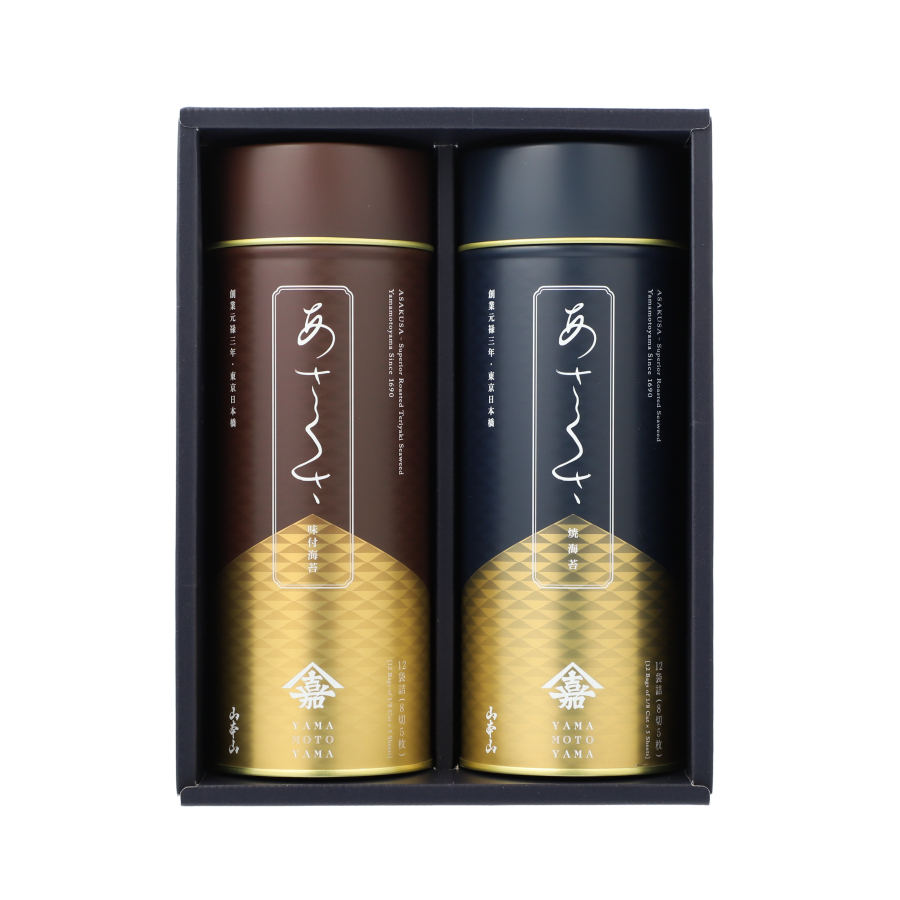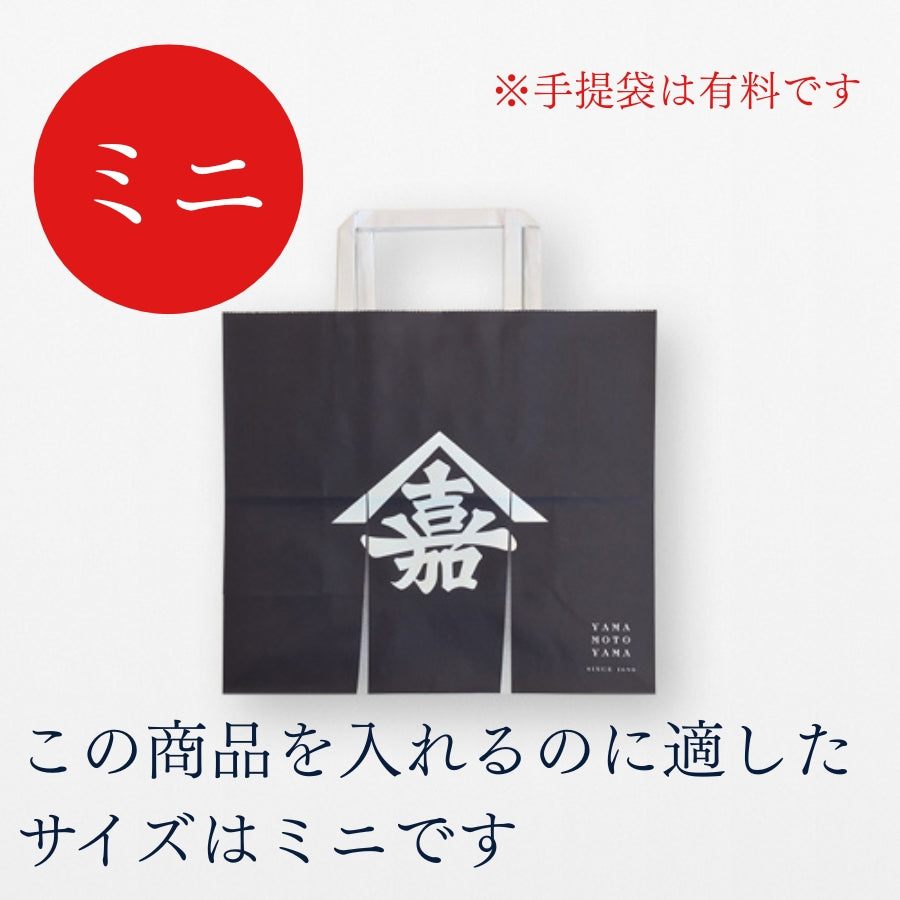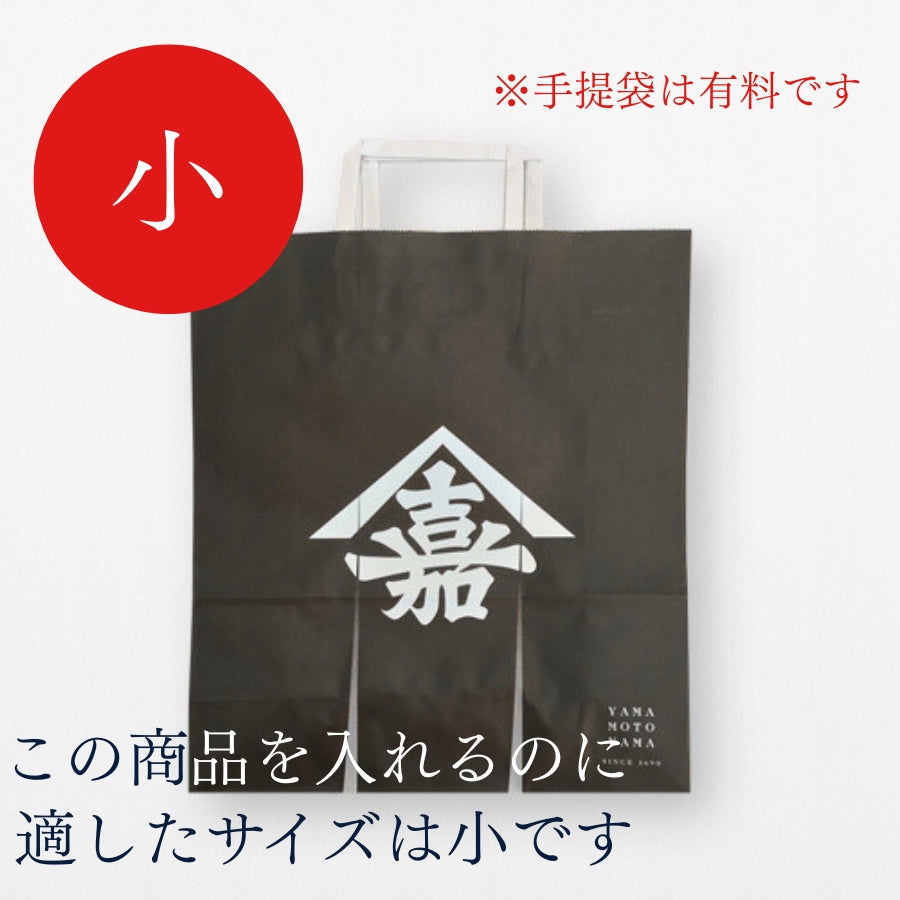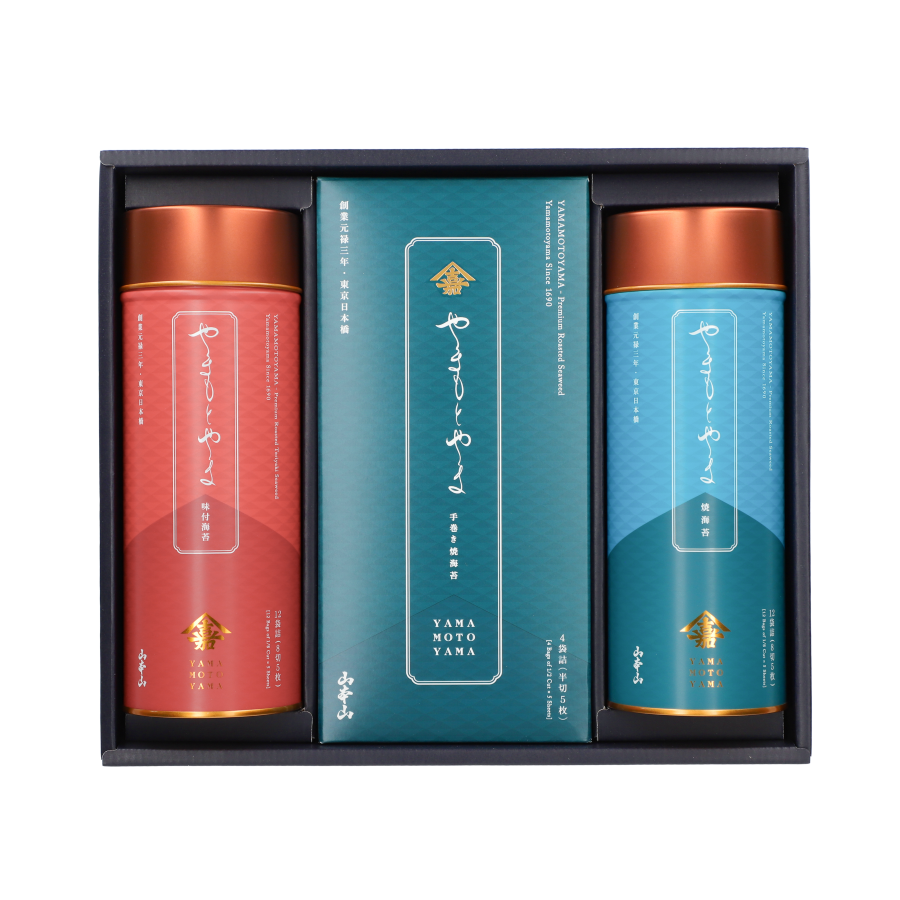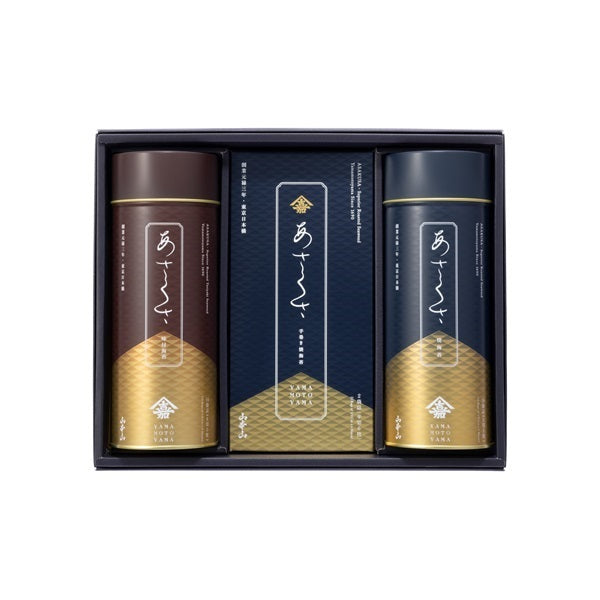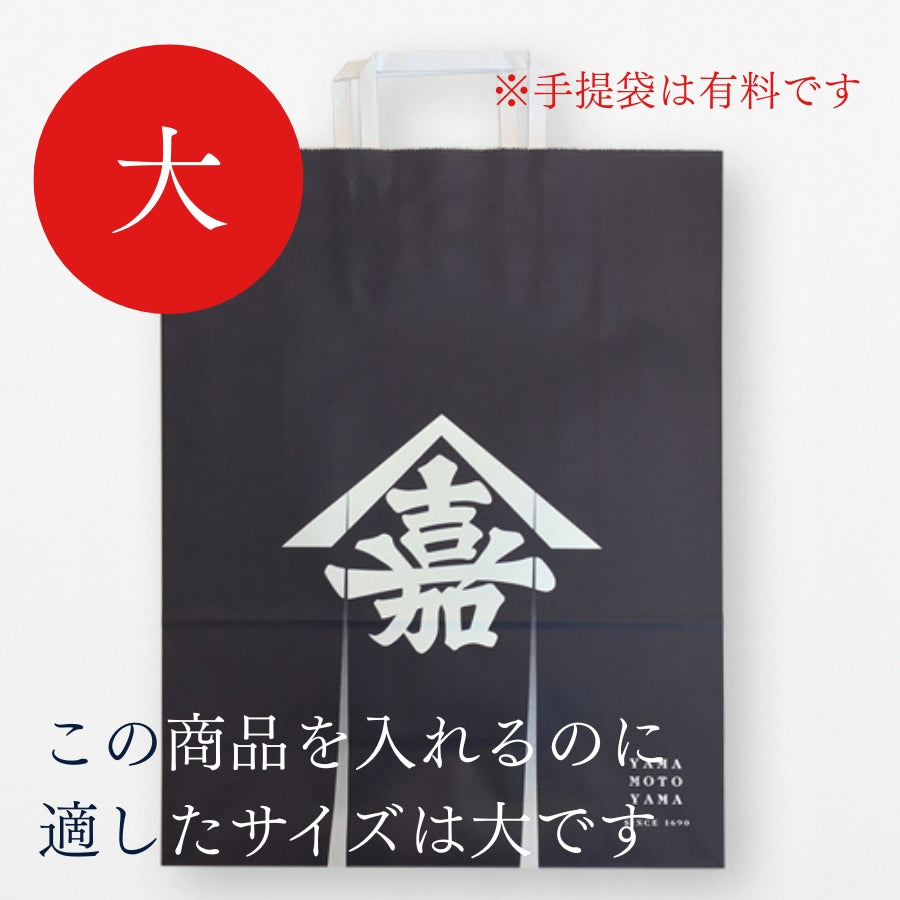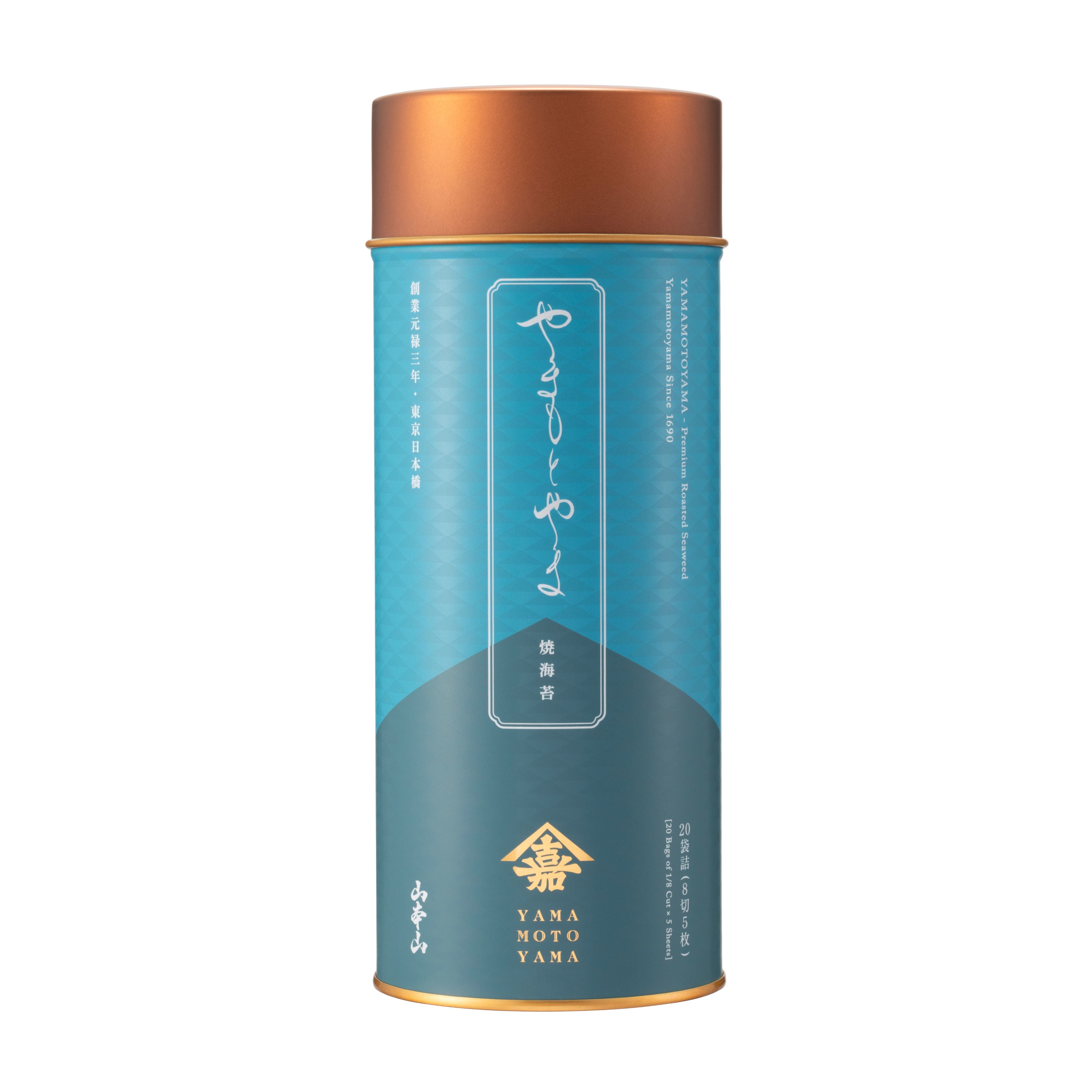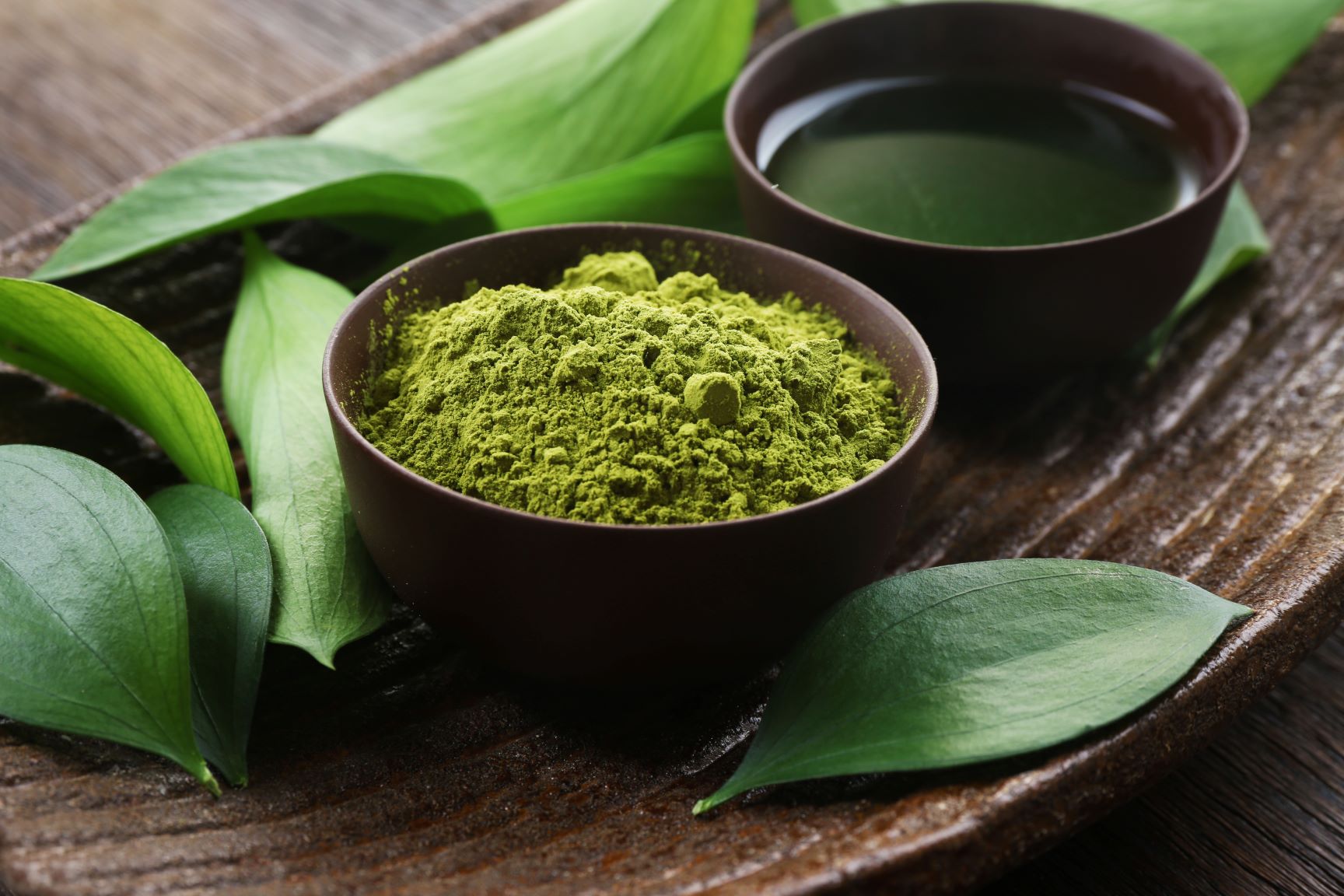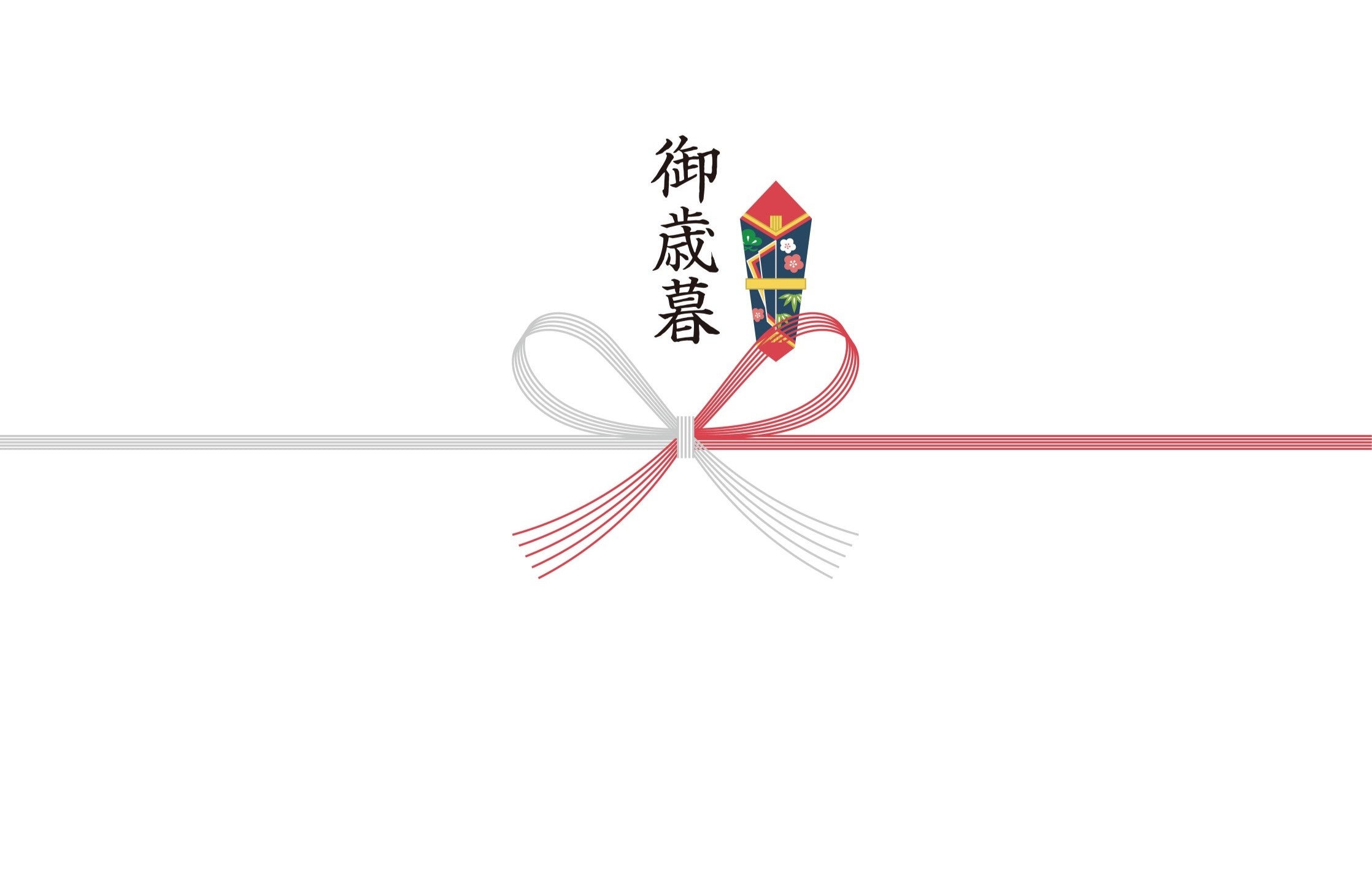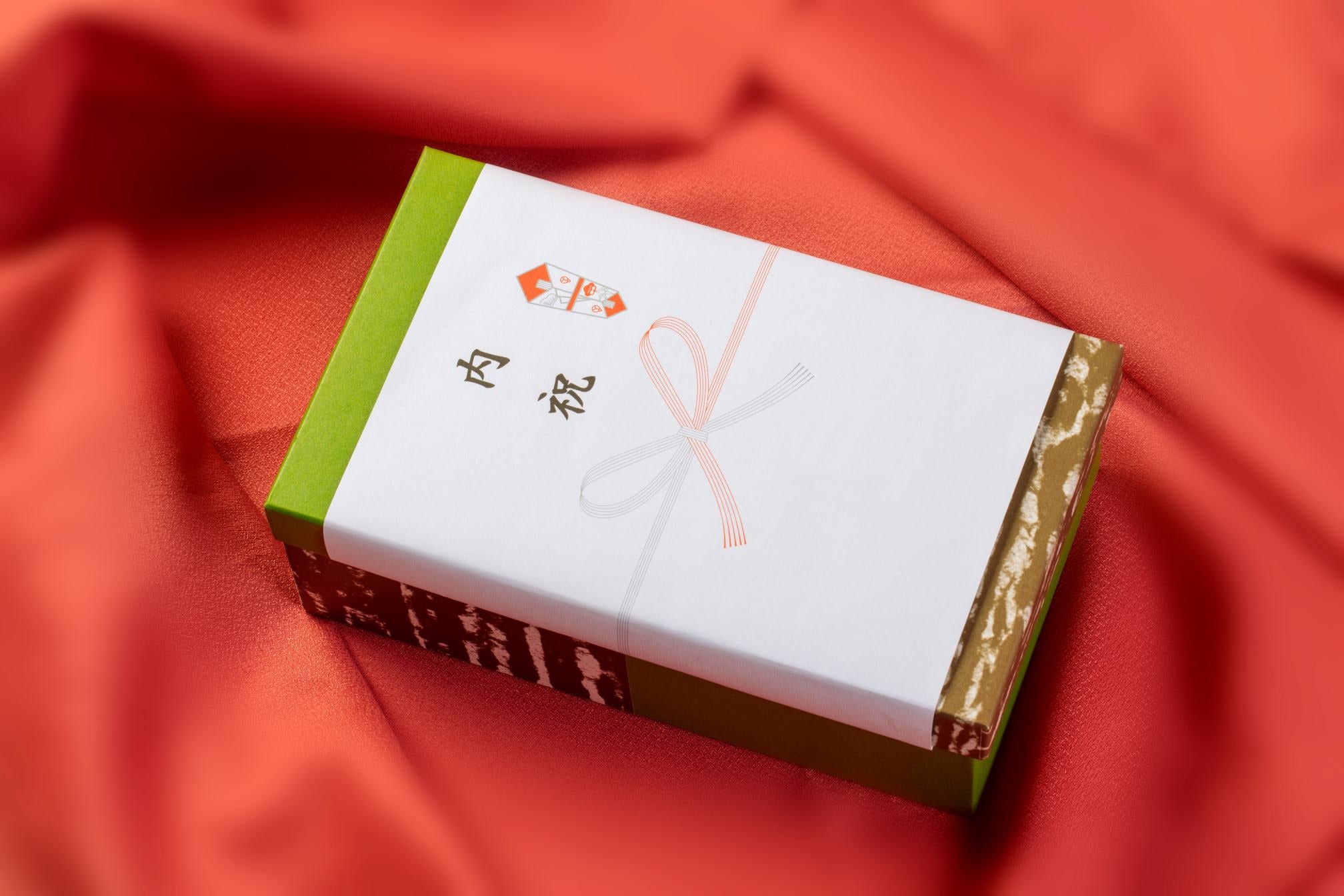
Inside or Outside? How to Choose Noshi and Unravel the History
Introduction
"Uchi-noshi" and "soto-noshi" are distinguished by where the noshi paper is placed on the gift. "Uchi-noshi" is a method of placing the noshi paper on the inside of the wrapping paper, while "soto-noshi" is a method of placing the noshi paper on the outside of the wrapping paper.
The reason why there are two ways of wrapping Noshi is because in the old days, the way of wrapping determined the rank of the gift. There was a time when "uchi-noshi" that was wrapped directly on the box of the item was considered to be of a higher rank.

The meaning and characteristics of "uchi-noshi"
"Uchi-noshi" was thought to indicate the high status of the gift and demonstrate the giver's humble feelings.
Wrapping paper was originally intended to protect items from damage and from outside contamination, so it was usually removed when the item was handed over to the recipient.
In fact, in pictures depicting gift-giving etiquette from the Meiji and Taisho periods, most gift boxes have noshi directly attached to them. The gift would be wrapped in a furoshiki before being presented to the recipient, and once in the room, the furoshiki would be removed before handing it over. This was a common and elegant way of sending a gift. 
The meaning and characteristics of "Sotonoshi"
On the other hand, with "soto-noshi" the giver and contents of the gift can be identified at a glance, and the wrapping paper subtly suggests the quality of the gift, so it played a role in presenting the giver's intentions and the act of giving a slightly more glamorous presentation.
In particular, "soto-noshi" was used when giving luxury items or when the sender wanted to show their social status. At a glance, the sender's identity could be seen, and it was clear that the gift was procured from a famous store that handled luxury goods, or from a famous department store that handled luxury goods.
If you are sending the same item, the well-known wrapping paper from a first-class department store will look better. There was a time when giving a gift wrapped in that wrapping paper was a kind of status that showed the giver's feelings and attitude.

Changing Times and Different Uses of Noshi
However, in modern times, the way gifts are delivered has changed, and it is no longer common to go directly to the recipient's house to give a gift. More and more people are choosing to wrap gifts in "uchi-noshi" to prevent them from getting damaged during delivery.
In addition, as the options for gifts have become more diverse and the wrapping paper designs more unique, people no longer judge the giver or contents of the gift by the wrapping paper as they once did.

How to choose a gift wrapping in modern times
In this way, the difference between "uchi-noshi" and "soto-noshi" has changed over time.
The difference between inner and outer noshi varies depending on the region, so there are no strict rules, but generally, inner noshi is used when you want to send something more modest, such as a gift in return for a condolence donation.
On the other hand, for wedding gifts, baby gifts, etc., outer noshi is used, which can be recognized at a glance by the recipient. Originally, inner noshi reflected the Japanese-like modesty of saying "It's just a small token of my gratitude," so for wedding gifts, baby gifts, etc., it is appropriate to use outer noshi, which can be seen as an expression of the desire to celebrate in a grand manner.

summary
What did you think? In today's world, there is no ranking or correct answer as to whether inside wrapping or outside wrapping is better.
The choice of which to choose should depend on the recipient, the gift, and the giver's feelings.





